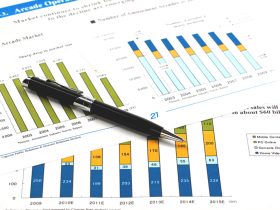The United Kingdom’s inflation rate, although higher than its international counterparts like the US and Eurozone, is expected to drop below 5% by the end of the year. This follows a period of steady inflation, with core inflation recorded at 6.1% in September, slightly down from August’s 6.2%.
Inflation in the service sector experienced a rise last month, with an increase of 6.8% compared to the same period last year. Despite this, wage growth in key sectors such as manufacturing and finance has been outpacing price increases for several months. This trend is anticipated to alleviate household budget pressures as Britain’s inflation slows.
The Bank of England has been closely monitoring these developments for signs of persistent inflation. The central bank has maintained a high interest rate of 5.25%, the highest since early 2008, in an effort to achieve its 2% inflation target. Andrew Bailey, the governor of the bank, indicated that future decisions on inflation would be “tight”, suggesting a continued period of high interest rates.
Meanwhile, geopolitical events could influence the economy. The recent surprise attack by Hamas on Israel could potentially lead to increased energy prices and a resurgence in inflation. However, it remains to be seen how these events will affect the UK’s economic landscape moving forward.
This article was generated with the support of AI and reviewed by an editor. For more information see our T&C.
Read the full article here













Leave a Reply